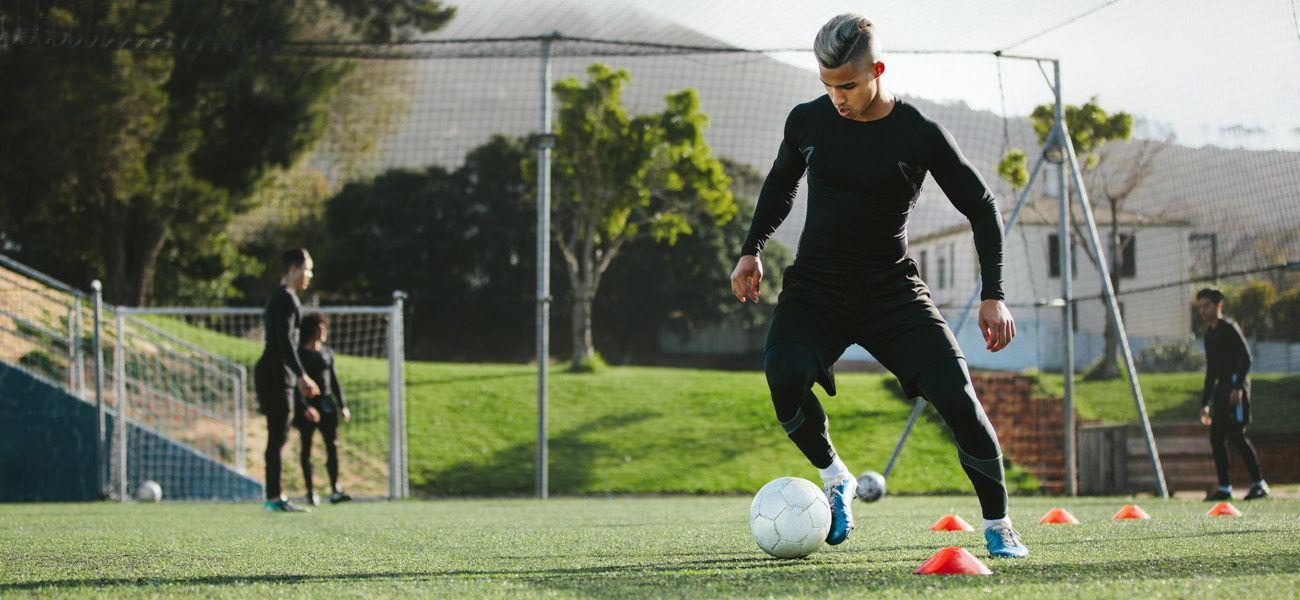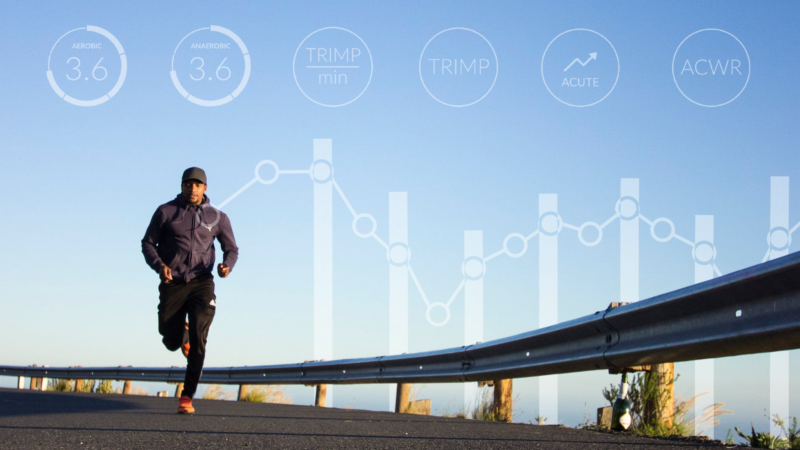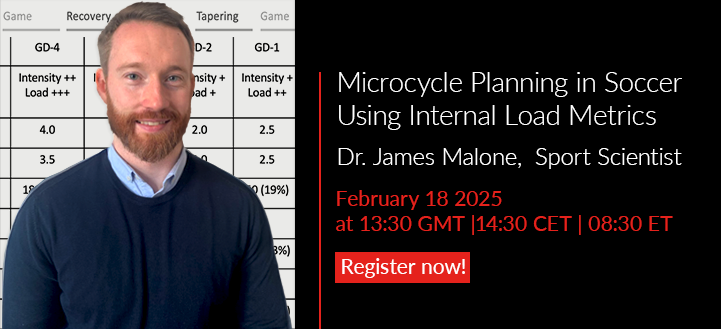
Put a group of people in the same situation and they will react in different ways. In fact, the same person may react differently when faced with the exact same situation on two different days. That’s true in all walks of life and it is certainly true when it comes to athlete physiology.
That’s why monitoring the internal load of athletes has become an integral part of training programs, where the aim is always to help players adapt and improve.
Combined with external load information, internal load data provides an overview of training load to give coaches a more in-depth understanding into the physiological stress placed on athletes during a training session, whilst providing quantitative data on whether a session is having the desired effect.
Want to get insights on making decisions based on objective data not guesswork? Download our guide here
What is Internal Load?
Internal load is the relative biological stressors imposed on an athlete during training and competition. Simply put, it is how the body reacts physiologically to the workload of a certain session.
Where external load (distance covered, sprints made, etc., typically measured using GPS) measures the work performed, internal load describes the impact of this workload.
How do you Measure Internal Load?
There are several measures used to monitor an athlete’s internal load. At the basic level, subjective measures include the RPE (Rate of Perceived Exertion) scale and wellness questionnaires. These rely on the accuracy of athlete self-reporting.
Objective data can be found through athlete-monitoring technology which provides quantifiable internal load metrics including; tracking intensity through %HR Max, and TRIMP (Training Impulse). Observing time spent in different Intensity Zones shows how hard players worked during a specific session.

Firstbeat Sports Dashboard showing one player’s time spent in Intensity Zones for a single session the day before a game. The majority of the session was spent in Recovery Training Zone (37%) or Aerobic Zone 1 (33%) to avoid overload before game day.
TRIMP quantifies Training Load in a single number and accumulates continuously. The rate of accumulation depends on the intensity of the drill/session and it does not decrease during recovery breaks.
Desired TRIMP scores will vary from sport to sport but, in Ice Hockey for example, an ‘Easy’, ‘Moderate’ or ‘Hard’ drill/session can be defined as:

Or, in TRIMP/min scale:

A one-off score shouldn’t lead to an overreaction to an individual player’s workload. However, monitoring recent TRIMP scores (e.g. across a 7-day period) can identify trends and any red flag situations which may call for intervention and the introduction of a reduced workload to prevent overload.
Firstbeat Sports’ dashboard feature also allows you to easily compare an entire squad’s TRIMP scores for each session conducted:

Here, TRIMP scores (in orange) are shown alongside Training Effect, Acute Training Load and Quick Recovery (7d Average) results.
Why Measure Internal Load?
Being able to see the physiological impact of a training session on an individual athlete – or an entire team – gives coaches a quantifiable overview of how players are handling a session. It also shows whether a session is achieving the desired physiological results or needs to be tweaked.
This can be particularly useful when teams are implementing training periodization at various points in the season (tailoring sessions to help players peak at certain times during the season such as the playoffs).
Tracking external load data is valuable. However, it can leave you with only half the information needed to make affective and informed training decisions and relay information to colleagues.
The same player can have a very different reaction to the same exact session from one day to the next, depending on several circumstances (fatigue, recent training history, illness, non-competition stressors etc). This isn’t immediately obvious without physiological insights.
Monitoring internal load can also inform future training decisions such as whether to push or hold back a player, and can help track individual player adaptations to training. A player presenting higher internal load data compared to teammates during a standard external load session may indicate signs of fatigue or reduced fitness. In contrast, a player showing decreased internal load in the same session would indicate increased fitness and an ability to cope with the stress being placed on them.
With a combination of internal and external load data, you are able to provide detailed, informative insights into overall player training load.
You might also be interested in

Firstbeat Heart Rate Sensors with Straps vs Heart Rate Sensors with Vests – What’s the Difference?
Heart rate data forms the basis of multiple performance metrics used in professional sports. These metrics support decision-making and facilitate effective athlete and team performance management. Key metrics that rely…

Microcycle Planning in Soccer Using Internal Load
Discover how internal load metrics can be used to individualize microcycle plans, manage player fatigue, and enhance performance in soccer. This webinar is designed for sport scientists, coaches, and practitioners…

Managing Load in Football Using Internal and External Data
How can physiological data help optimize training, enhance player performance, and manage injury risk in women’s football? Join special guest speaker Lead Sports Scientist at Sport Lisboa e Benfica, Catarina Bajanca,…

